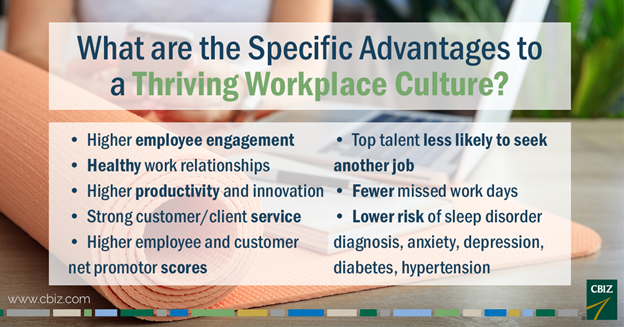 In short, employees with strong wellbeing perform better at work, and companies with a thriving workforce have greater success and a solid competitive advantage. While that sounds simple, the reality is that life and business are complex, even more so over the past eight months. The good news is that savvy employers are stepping up, even with limited budgets, to make a positive impact on employee wellbeing through wellbeing programs.
In short, employees with strong wellbeing perform better at work, and companies with a thriving workforce have greater success and a solid competitive advantage. While that sounds simple, the reality is that life and business are complex, even more so over the past eight months. The good news is that savvy employers are stepping up, even with limited budgets, to make a positive impact on employee wellbeing through wellbeing programs.
However, not all employers are embracing these programs. In a recent poll, when asked “Do you feel prepared to develop a competitive wellbeing program?” 63% said they were not prepared or unsure if they needed to be. Perhaps knowing the many advantages of developing and sustaining a thriving workplace culture will shift that response – and benefit those employers who make that shift.
So what are the specific advantages? They include, among others:
- Higher employee engagement
- Healthy work relationships
- Higher productivity and innovation
- Strong customer/client service
- Higher employee and customer net promoter scores
- Top talent less likely to seek another job
- Fewer missed workdays
- Lower risk of sleep disorder diagnosis, anxiety, depression, diabetes, hypertension (improved outcomes)
Key Elements of a Competitive Wellbeing Program
- It’s aligned with company culture and industry best practices. Qualities of a program that meet this standard include:
- Values-driven
- Human-centered
- Ethically sound
- Evidence-based
- Nondiscriminatory
- Inclusive
- It addresses the needs of the whole person. These are the five key drivers:

- It’s strategically designed and delivered. There is no one formula that works for everyone, and what truly makes a program unique is the twist your organization places on it. However, every program needs a framework comprised of six basic elements:
- Organizational commitment
- Actionable data
- Sustainable culture
- Wellbeing benefits and networks
- Communication engagement and methods
- Outcomes and value of investment
Compliance Considerations
Compliance is critical to the overall success of a wellbeing program and, of course, to avoid penalties, fines, lawsuits, and the like. The laws, rules, and regulations are complex, so be sure to consult your legal advisor when constructing your wellbeing program. The following is a list of compliance issues you will need to attend to.
|
|
|
|
|
|
Specific laws that impact wellbeing programs include, among others:
|
|
|
|
|
|
|
|
A thriving workplace culture is essential to employee health and positive organizational outcomes. A wellbeing program will help you achieve this culture and give your business a substantial competitive advantage. It may seem like a lot, but with the proper advisors and leadership support, your organization will achieve success.
If you’d like more information for developing your workplace wellbeing program, contact Steve Wilson at [email protected].

